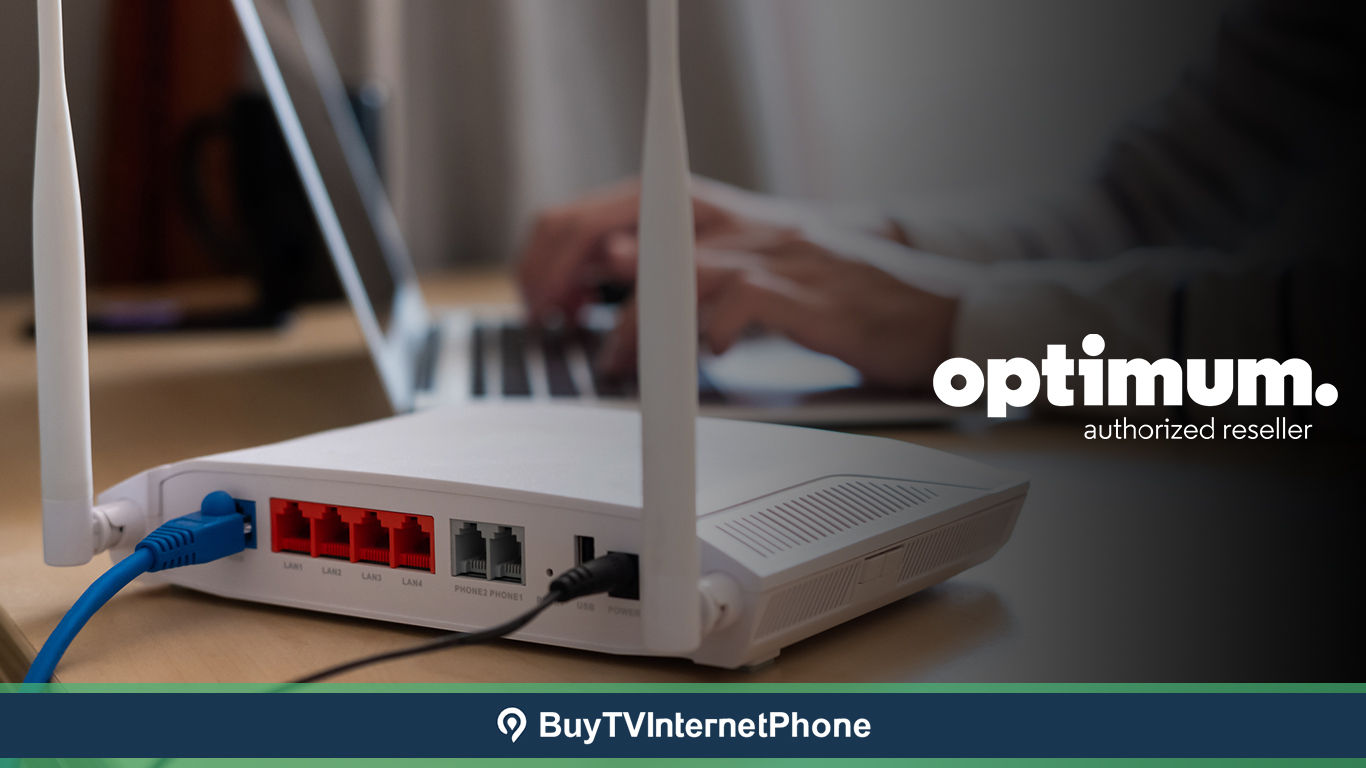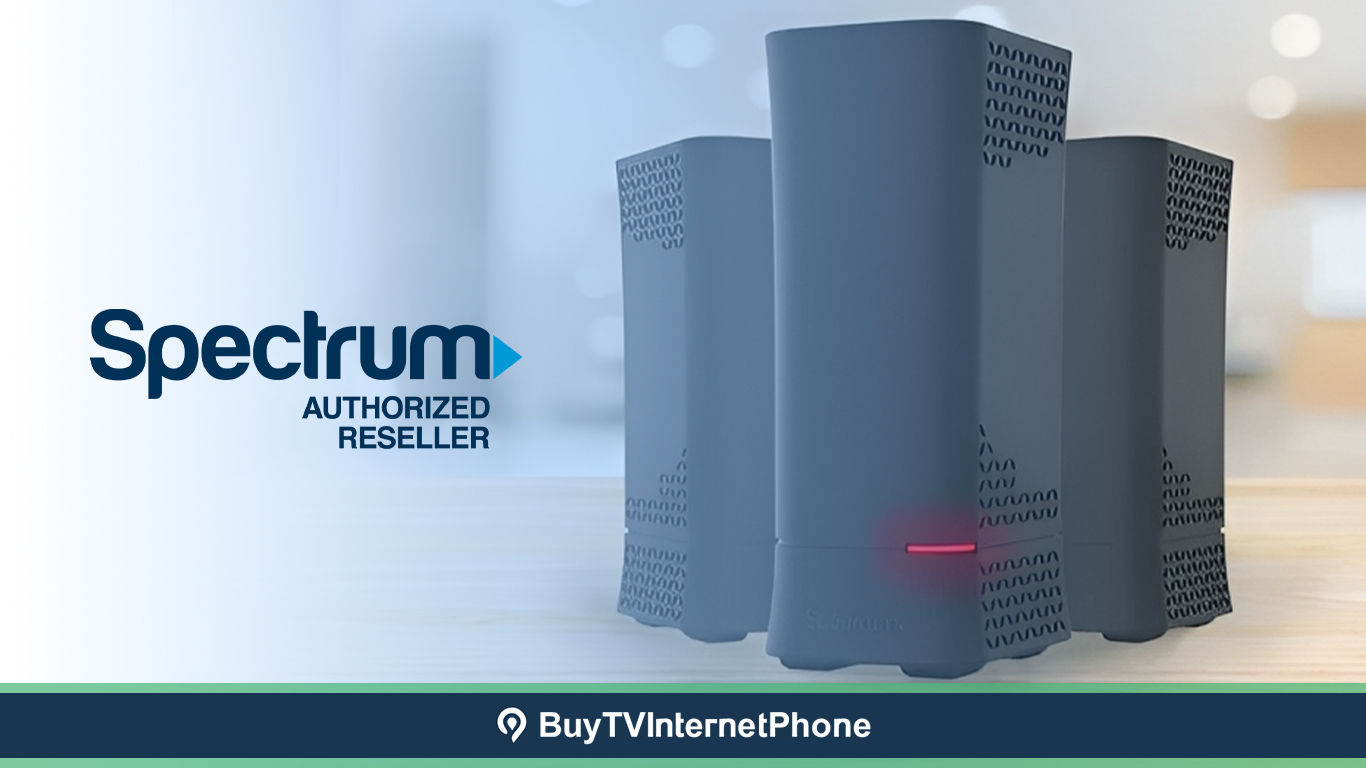Latest Posts
How to Check Xfinity Service Availability in Your Area?
Use our guide to check Xfinity service availability in your area, and reach out to Xfinity customer service to get your Xfinity internet today. ...
Internet Plans vs. Actual Cost: Why the Internet Bill is Higher?
The internet bill is often higher than expected because the advertised price of an internet plan excludes certain charges – discover the additional/hidden fees. ...
Unlock the Best Spectrum Deals for Seniors
Spectrum offers affordable internet and TV plans for senior citizens. Compare pricing, features, and eligibility criteria to find the perfect plan for you. ...
How Much Does Internet Cost Per Month for an Apartment
Internet cost per month for an apartment can be as low as $20 or go beyond $100. The type of connection, speed tier, and other features determine how much you pay. ...
Guide to Connect PS5 to Xfinity WiFi
Learn how to connect your PS5 to Xfinity WiFi by following this step-by-step guide. Set up your connection easily and enjoy a lag-free gaming experience. ...
What is Cellular Internet? Is it Actually Reliable?
Cellular internet is another name for mobile data; however, the development of fixed wireless has made cellular internet a popular choice for home as well. ...











